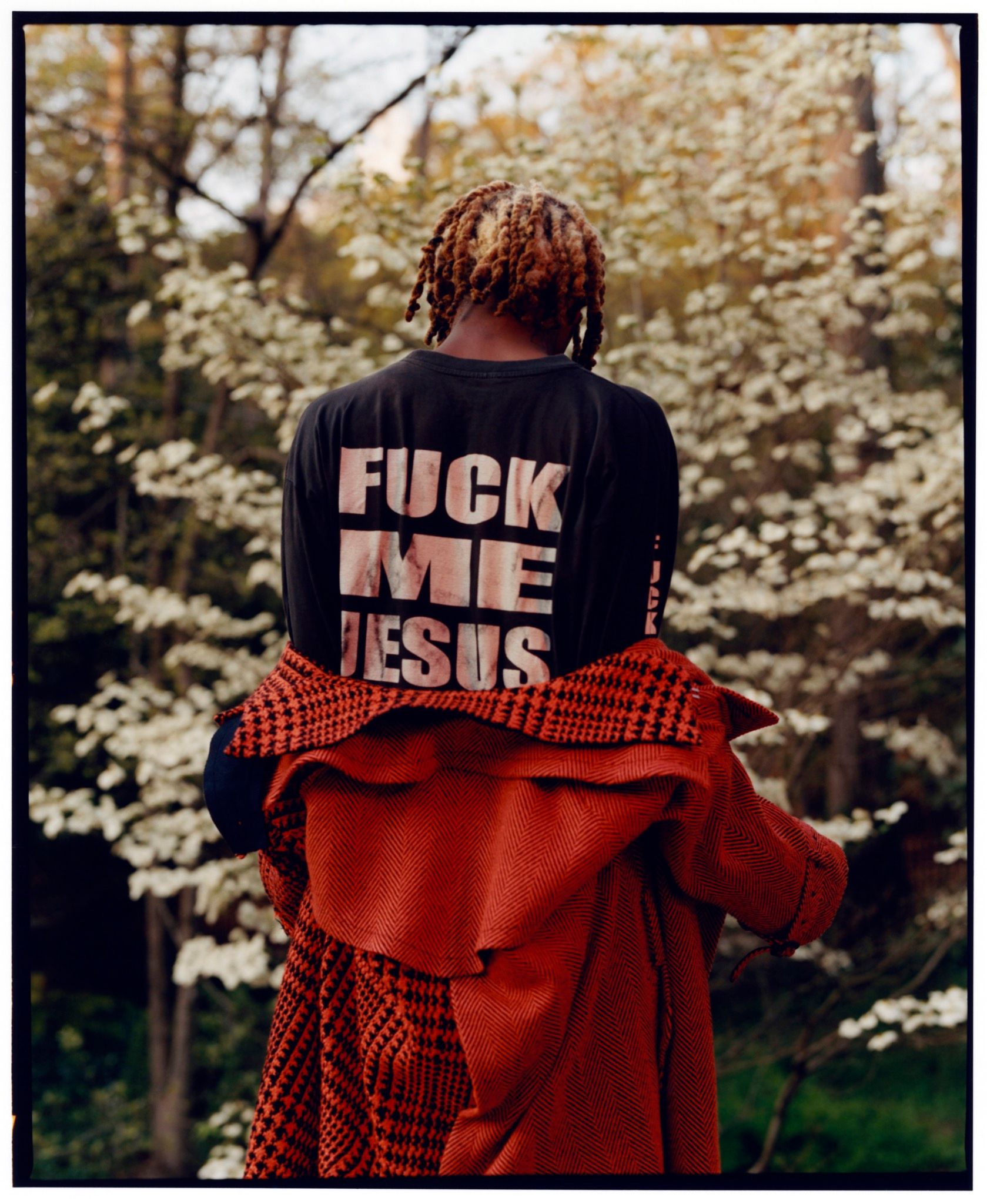JEREMY O’HARRIS: A Season in Hellbrunn
|Helene Hegemann
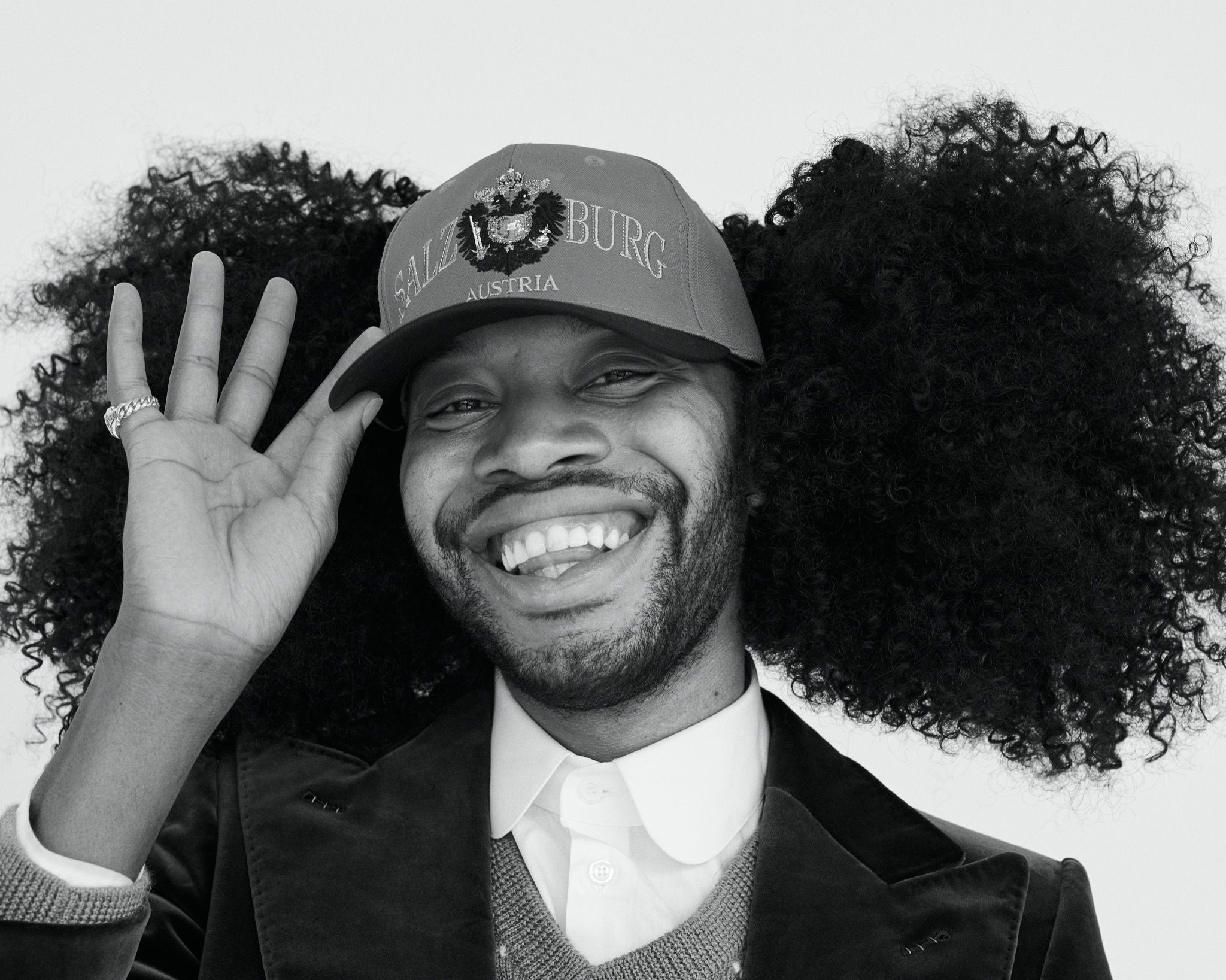
JEREMY O. HARRIS shares a birthday with the Marquis de Sade. The 31 year old has earned writing fellowships, prizes, and an HBO deal for works such as Daddy (2016) and Slave Play (2018) – which, as this magazine went to press, made Tony Awards history with 12 nominations, breaking records for a new play. The New York Times described Slave Play as encompassing “the entire scope of interracial America,” speaking to millions through just a “handful of characters.” Themes taken on – at once viscerally, and with humor – by the Yale School of Drama graduate have nonetheless polarized viewers, and Harris’ depictions of sexual and racial violence and trauma have inspired petitions against their performance on stage.
HELENE HEGEMANN – birthday twin: surrealist and Sade fan André Breton – has written novels, plays, and films that have both wowed and triggered their critics and spectators. The 28-year-old Berliner grew up on experimental German theater, known for its self-referential performativity and appetite for making audiences uncomfortable. Hegemann’s love/hate relationship to this European avant-garde is the lens through which she approaches Harris’ plays – and how audiences respond to them.
When the two spoke, Harris had been doing some processing of his own: he had just been to Salzburg on a pilgrimage to find Milo Rau, the Swiss “Scandal-Director” known for banned plays and controversial themes of genocide, political dictatorship, and sex – including a stage adaptation of Sade’s 120 Days of Sodom. It was in southern Salzburg that Bruno Staub photographed Harris, at Schloss Hellbrunn: a decadent early Baroque palace known for its art-filled halls, dream-like “grottos,” automated mechanical theater, and elaborate “trick” fountains – designed, perhaps mildly sadistically, to play practical jokes on visitors.
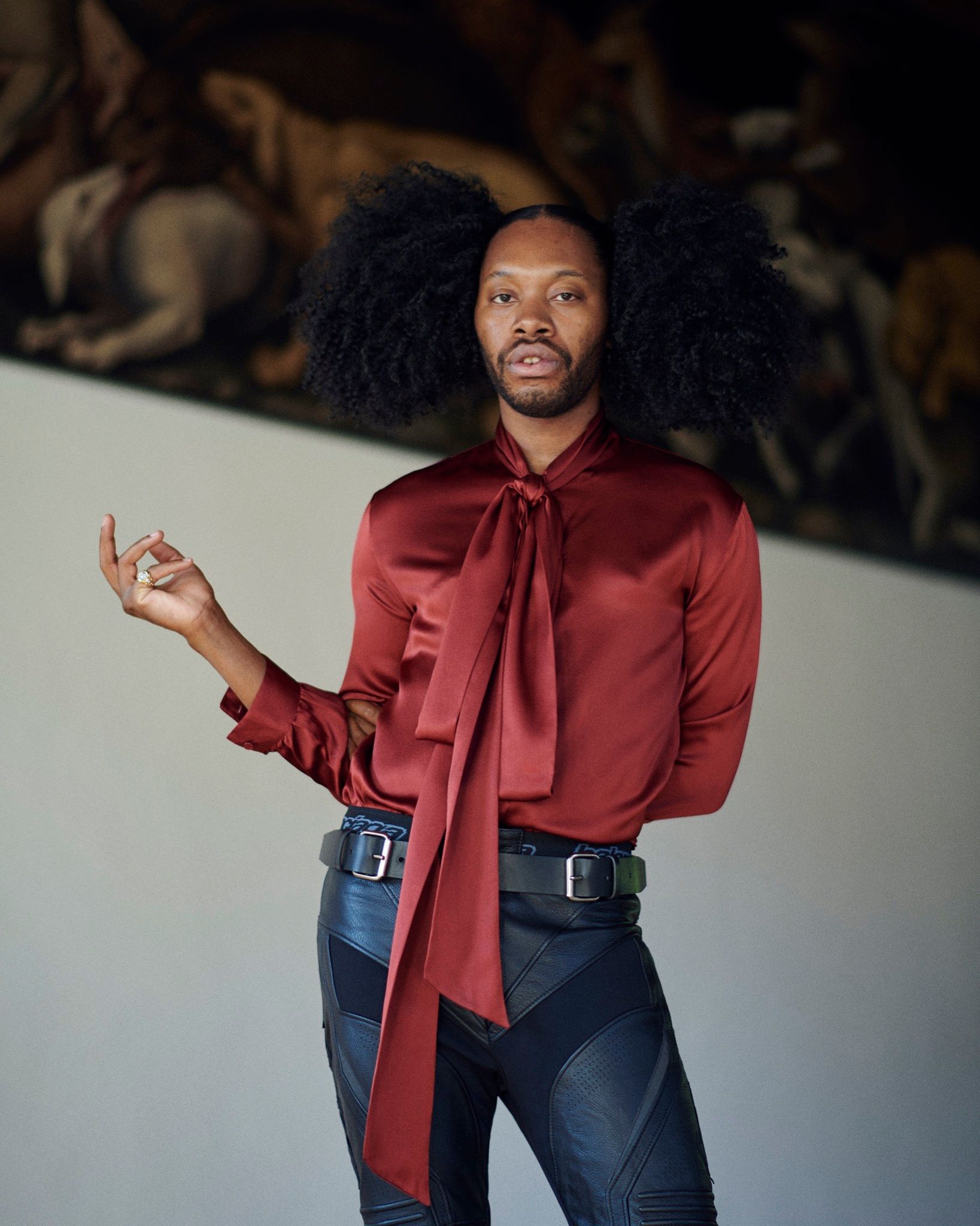
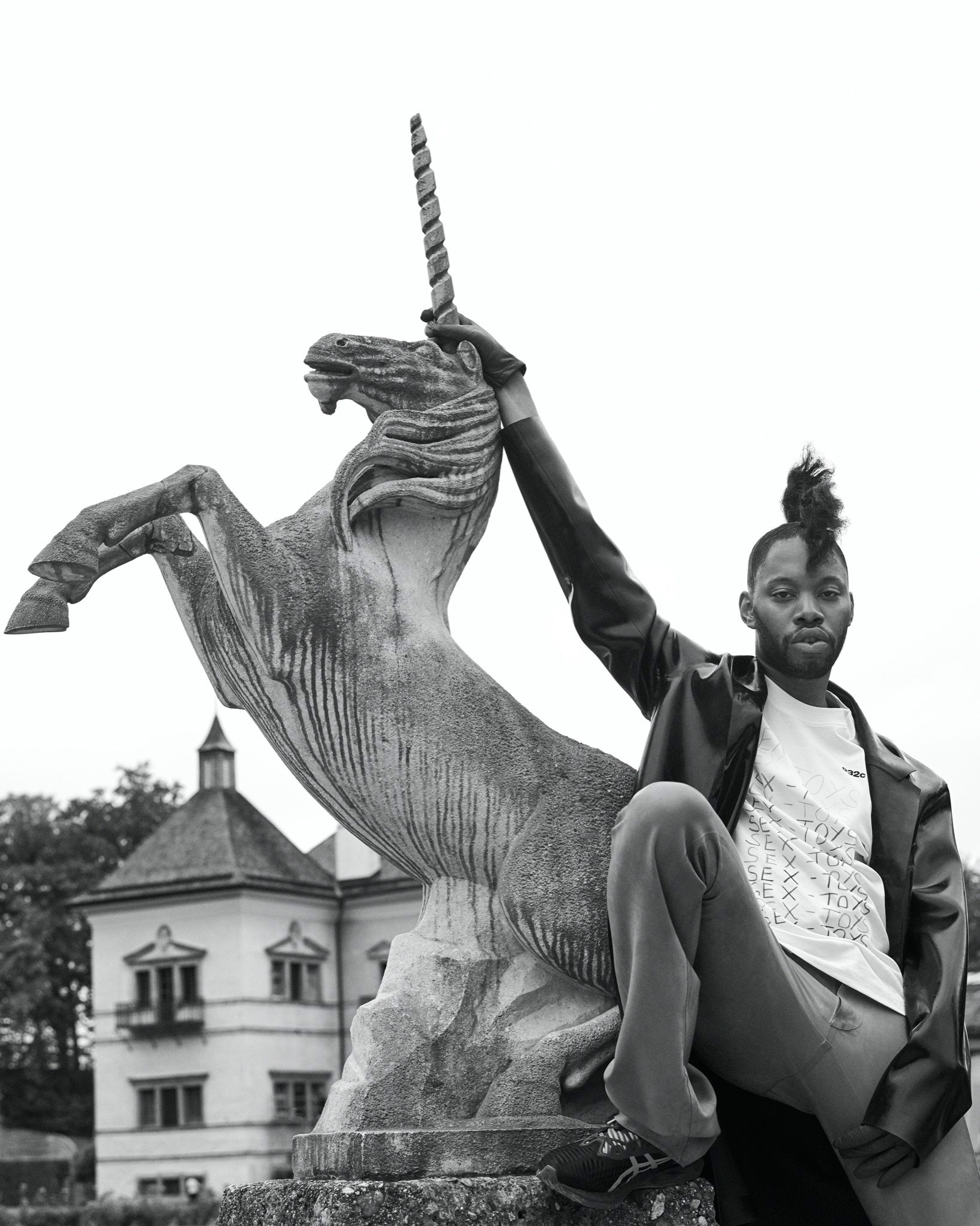
Don’t worry – this is going to be a text about Jeremy O. Harris, I swear. But I’ll also need to dip into the history of theater, to clarify my view on the context that Harris seems intent on demolishing – and thus encouraging – with his plays. I’ll need to look at a way of thinking about theater that seemed revolutionary 20 years ago, that I inherited from a group of old white men, and that I never had any reason to question until Harris’ Slave Play surfaced.
Jeremy O. Harris is 31 years old and grew up in Virginia with his mother and younger sister. As a teenager, he made himself into exactly the person he wanted to be, going beyond the conditions and ascriptions preordained by the world. That may sound like a platitude, but it’s more than 99 percent of humanity could claim. And it’s certainly more interesting than the (impressive, sure, but very old) news you can read everywhere else: that he’s a 6’5” tall “fashion darling” with a Gucci sponsorship and a “dandy” sensibility, and that Hollywood celebrities want to be his friend. But the relevant connection here is Harris’ relationship to theater. Harris’ relationship to theater is existential. And despite our different backgrounds, it seems to resemble my own, which is probably why encountering him gets me so flustered. Speaking to Harris is like a therapy session, a point of release of resentments I didn’t even know I had.
Harris wrote Slave Play in his first year at the Yale School of Drama. Its Broadway debut in October 2019 got an incredible amount of hype. Reading the reviews, it was hard to decipher how the play related itself to theater. I mean “Theater” capital “T” – that medieval institution that even at its most evolved is a stagnant swamp with little fresh input, its hallowed halls mired in self-reference and superficial critique of a society that is, in fact, content to celebrate itself while sitting in a luxurious auditorium. In The New York Times and on Twitter, the Slave Play people were talking about sounded totally unlike that version of theater. Instead it sounded like a collective LSD trip or the first Rolling Stones concert – euphoria and shock; in some instances, psychosis. Apparently, this is not an exaggeration or social media hearsay: according to the German theater platform Nachkritik.de, qualified mental health professionals were actually installed in the lobby of the John Golden Theater on Broadway, in the event that spectators needed to talk after the production. In some viewers, Slave Play seems to induce an urgent need for psychological attention.
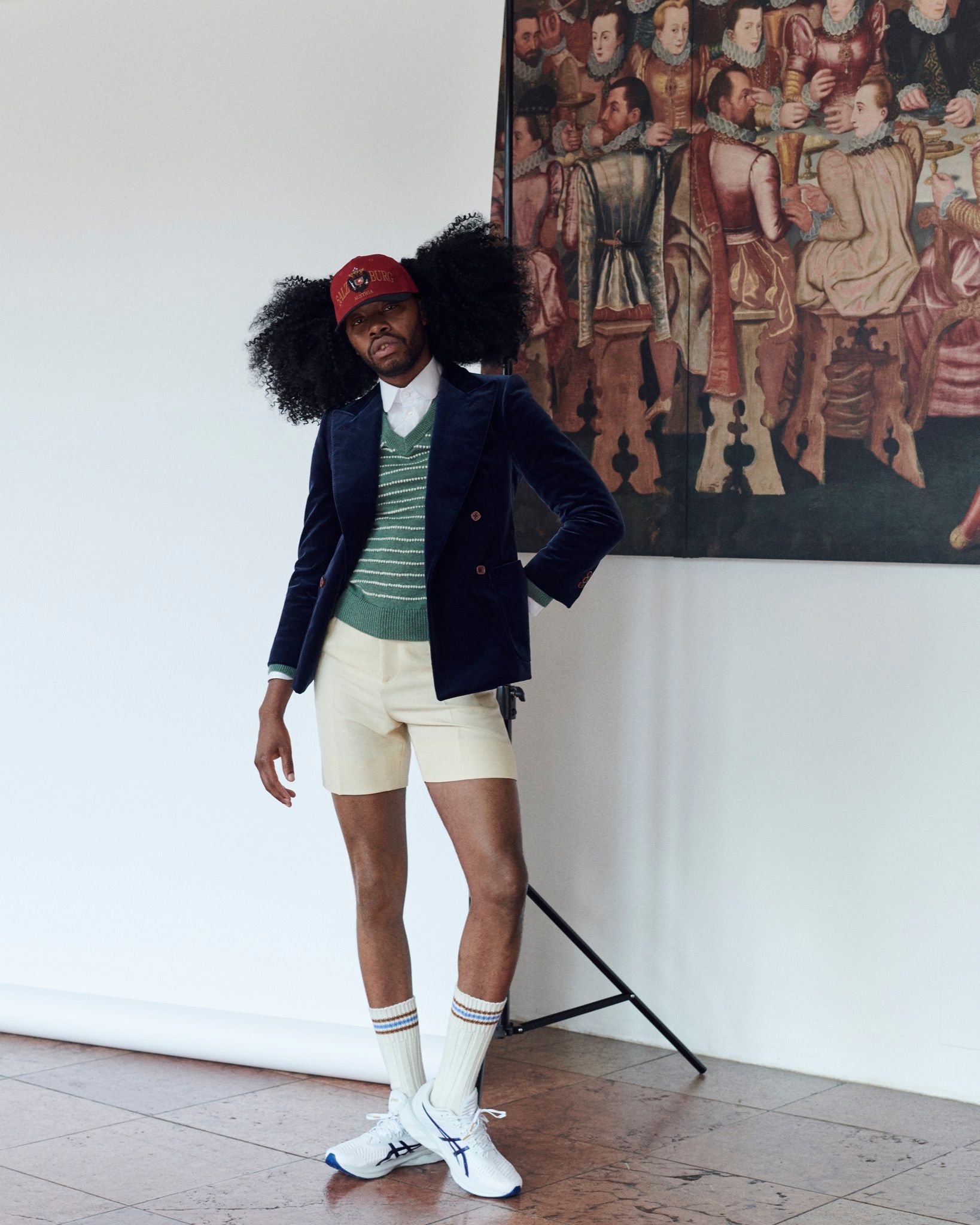
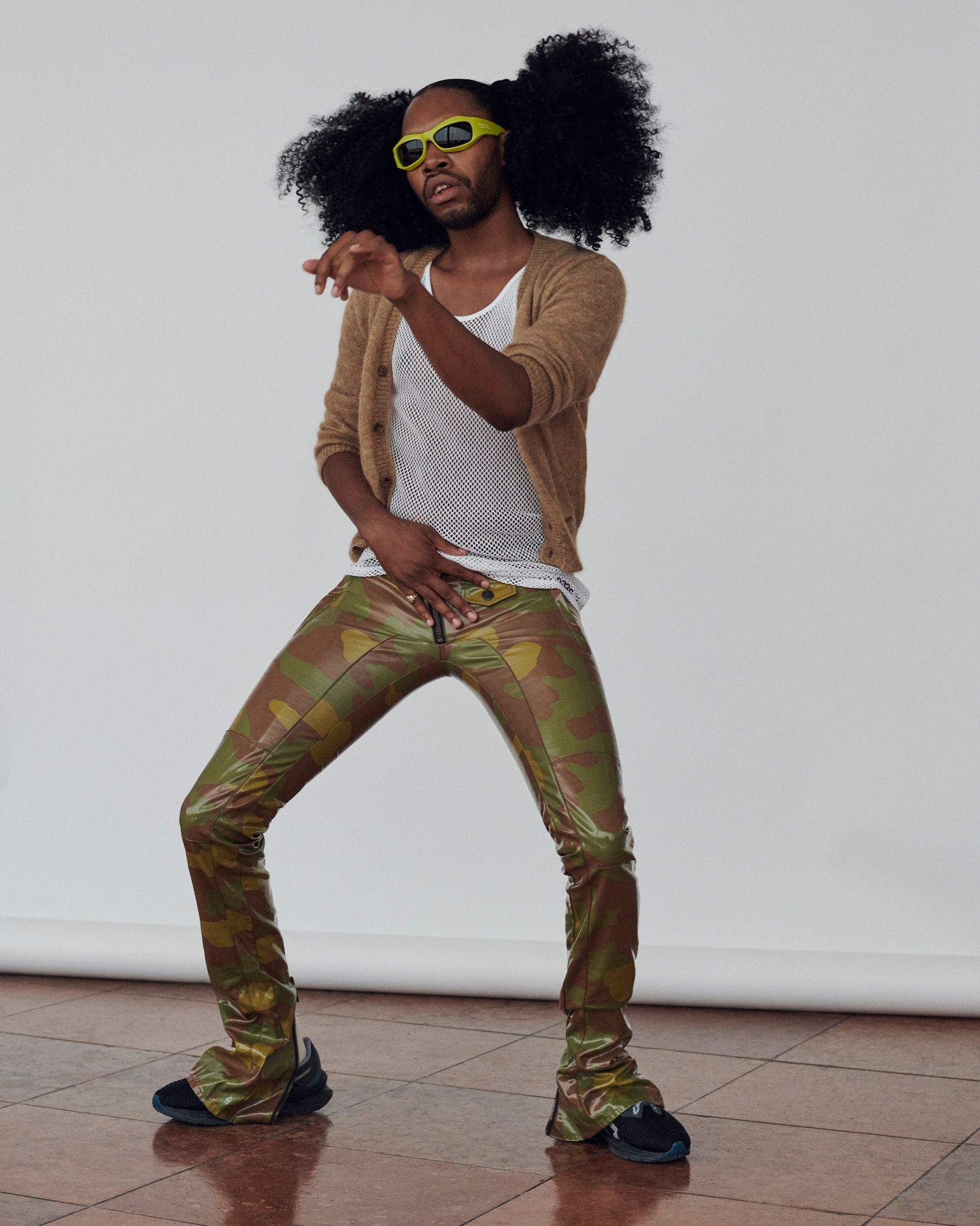
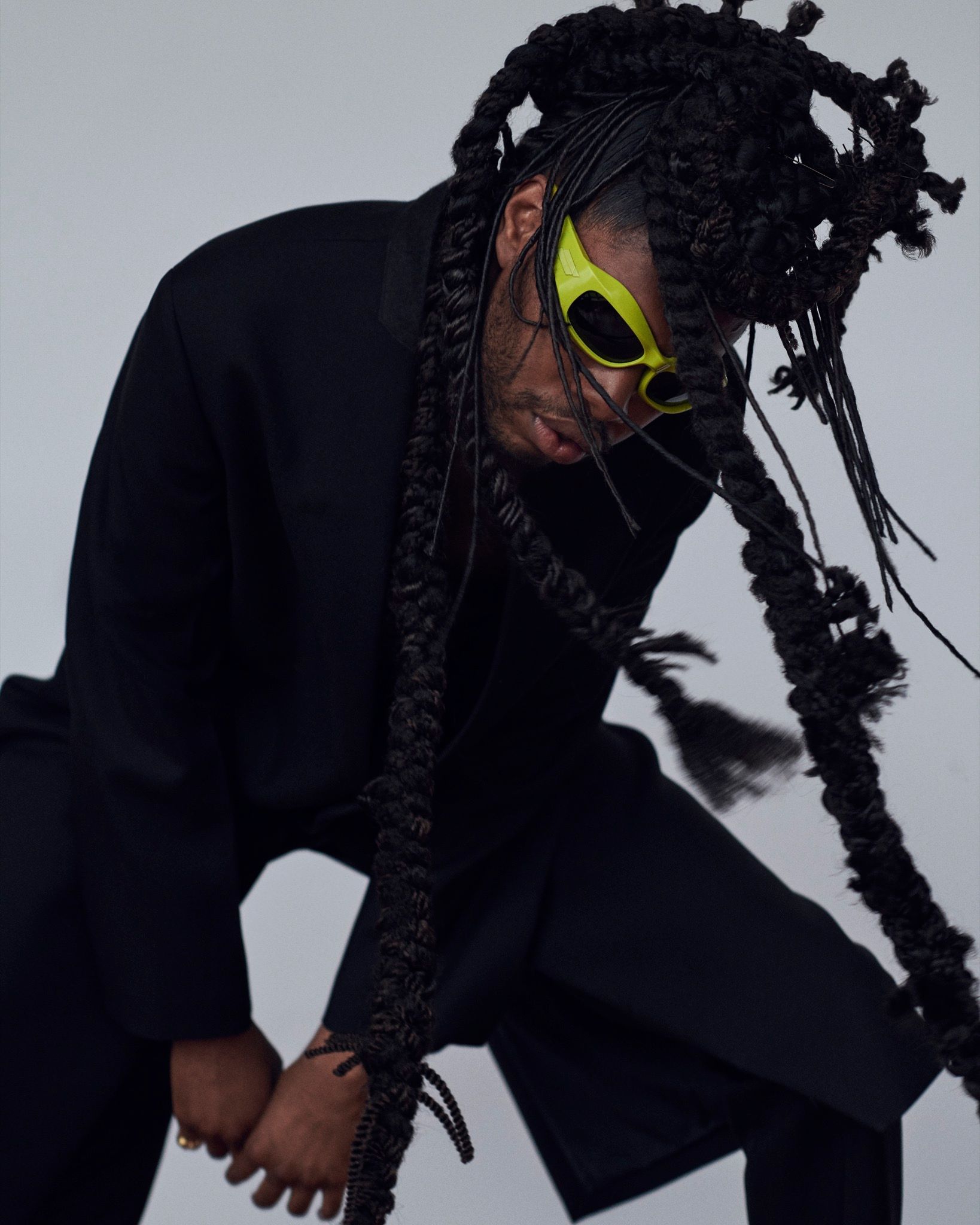
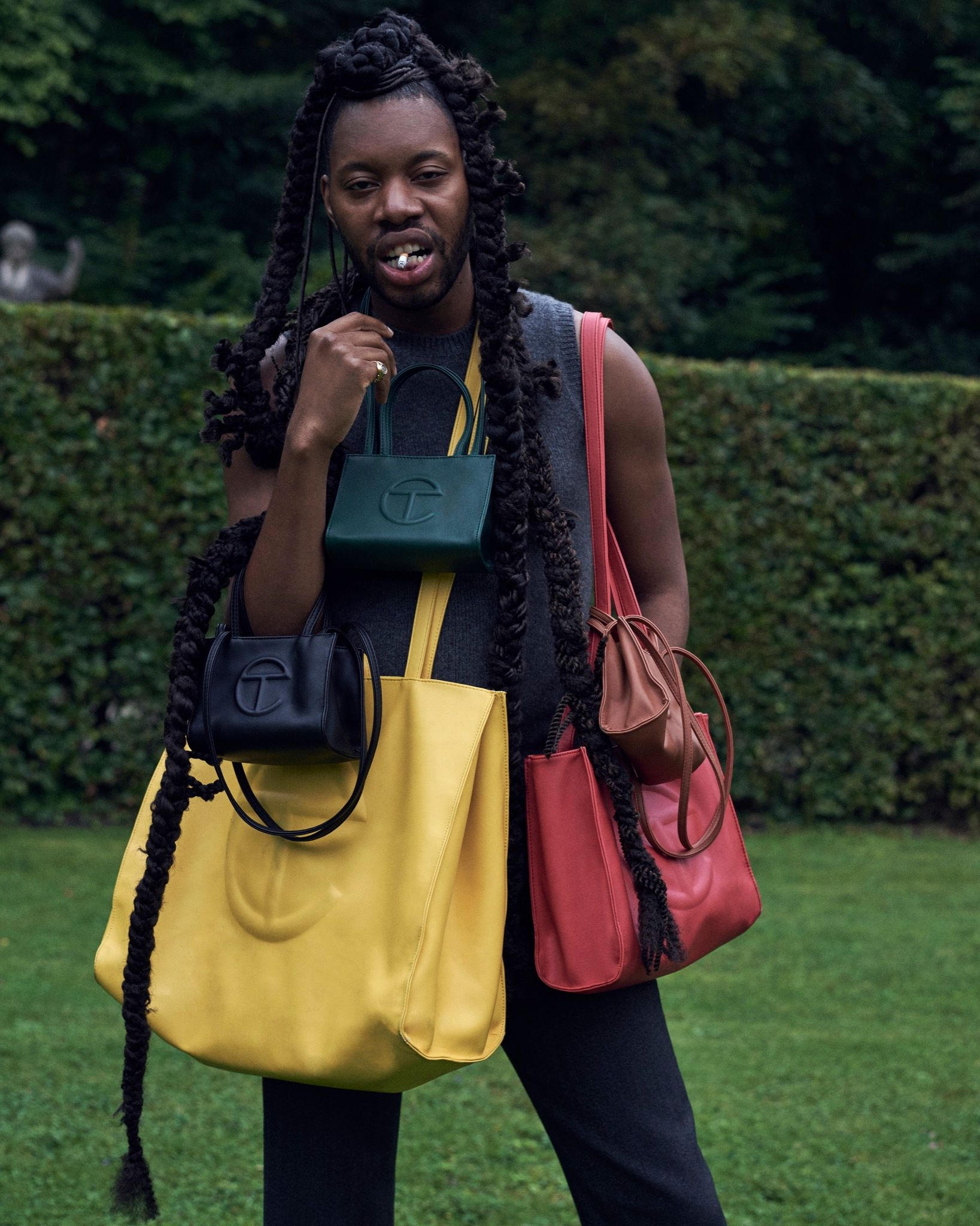
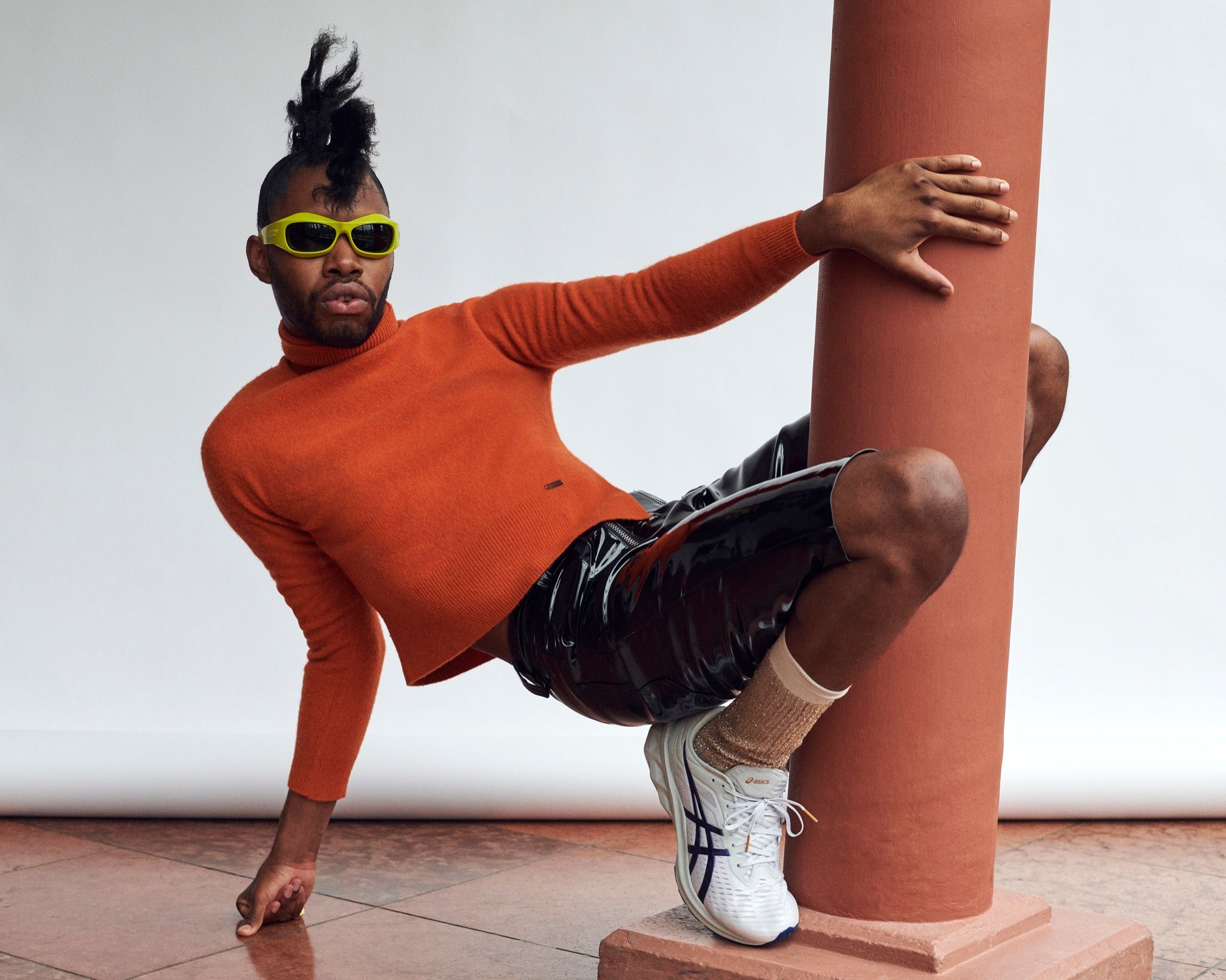
This response reminds me of audience reactions to theater productions by the late Christoph Schlingensief. In 1999, when the cultural wing of Deutsche Bank agreed to finance his project at Berlin’s Volksbühne, the director threatened to toss thousands of Deutsche-marks (in cash) off the balcony during a society event at the Reichstag if a sum of 100,000 DM – presumably equivalent to his generous production budget – was not also raised to support a youth theater in what was then worn-torn Yugoslavia. He also called for the Federal Chancellor of Germany Helmut Kohl – and FDP politician Jürgen Möllemann, and probably others – to be murdered, and for the country’s five million unemployed to all go swimming in Wolfgangssee at the same time, so that its water levels would rise and the lakeside properties of the elite would be flooded. But with Slave Play, the audience’s shock was not caused by provoking supporters, by actions transgressing the stage, or by radical or shock-value directing. No one shits on the stage or bites the head off a bat. The hype and bewilderment encircling Harris’ plays are reactions to something else: the artistic and political impact of the text itself.
Slave Play begins on a plantation in the American South. A Black woman is cleaning. Rihanna’s “Work” is playing in the background. She starts twerking as she cleans. A white man enters the room, and what proceeds is the first of three scenes in which an enslaved individual is raped by his or her overseer – encounters that polarized audiences and critics around the portrayal of power and consent. It is revealed at the end of the first act to that these scenarios are a form of role-playing, set within the frame of an advanced group study in therapy for interracial couples. The couples are seeking counsel for sexual problems caused by the history of enslavement, at least according to the play’s therapist-protagonists, and not, say, by displacements between individuals. Slave Play works through that violent history and our racist present in such a way that criticizes the conditions without reproducing them one-to-one. Harris tackles the fucked-up power dynamics of a fucked-up system by complicating them.
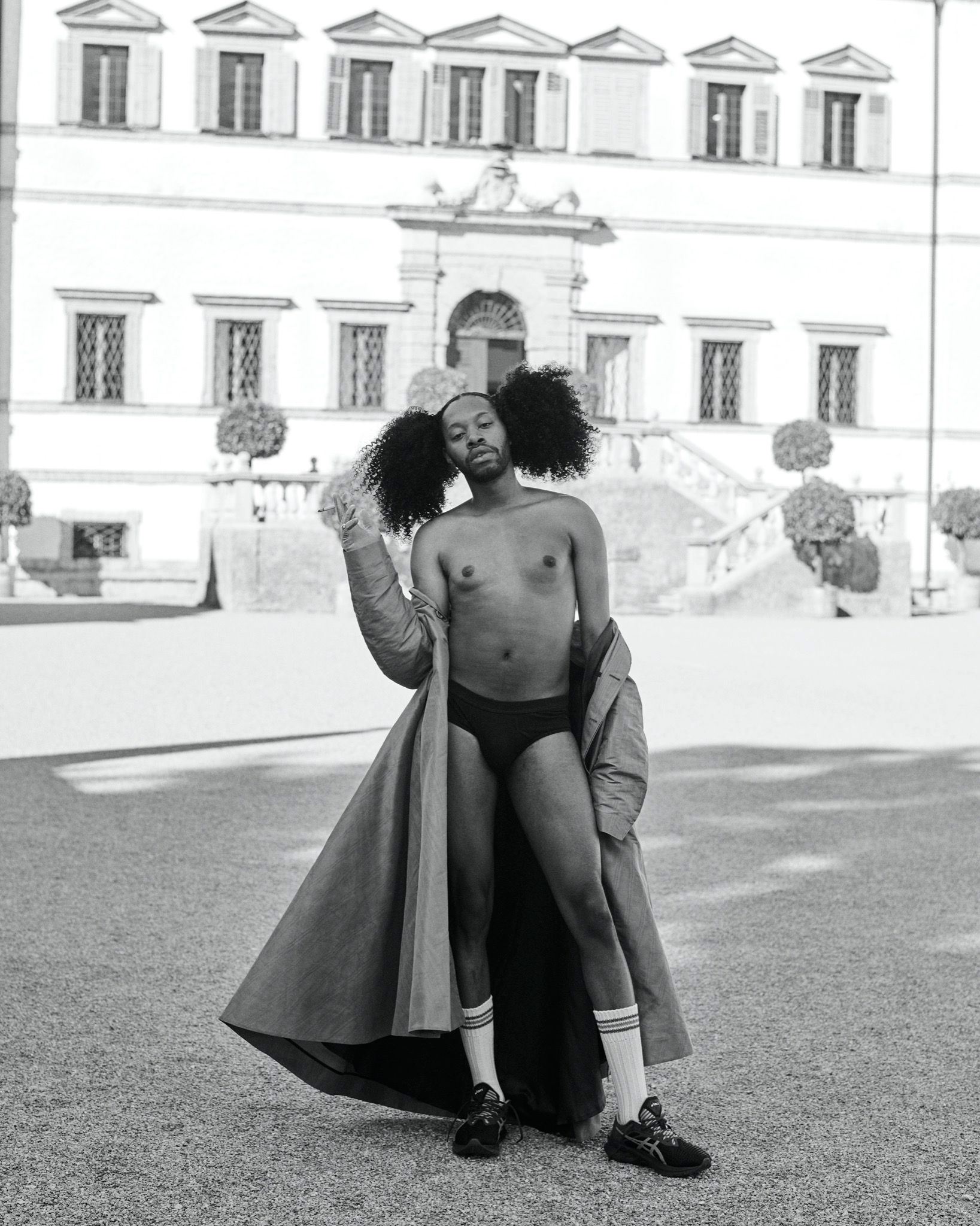
The play’s setting, the framework of “Antebellum Sexual Performance Therapy” – in which characters communicate among themselves and address each other, the public, and “society as a whole” – is, in its directness, intelligence, and nonchalance, quite simply a very great, very big idea. Unlike the theater I was taught was “radical,” which had to be experienced, it isn’t even necessary to have seen a production of Slave Play to understand its impact. You know it when you read the play. What is obvious to me within its first two pages is that Harris’ characters are created as agents, not as helpless, and introduced – without wanting to be hyperbolic here – with love and humanity, and without an ounce of faked authenticity.
It’s the day before Ruth Bader Ginsberg’s death, and Harris is sitting in a car in Italy. Our Zoom connection is terrible, but I can still see him sitting in the passenger seat outside of Pisa for a minute – a vertical snippet. He’s been on the road in Europe for months now, having landed (and gotten stuck) in London right before lockdown, attended the film festival in Venice, and then the Salzburger Festspiele – an important and elitist festival for classical music and theater, held in a region where I like to imagine the highest concentration of millionaires coincides with the highest suicide rate in Europe (though the area has neither of those things). The thought of Salzburg is, in other words, radically improved by Harris’ presence there.
Harris lives out of his suitcase and doesn’t really know what’s coming next. It turns out he was in Salzburg stalking his favorite director, Milo Rau. We talk about the influence that guest performances from European theaters visiting the United States had on him early on. About what’s radical and what isn’t. About his desire to be radical. And he is. For a few minutes, we also talk about the difference between progressive forces in Europe and those in the US, but I won’t – in fact I can’t, which I’ll explain – transcribe our detailed examination of this topic here.
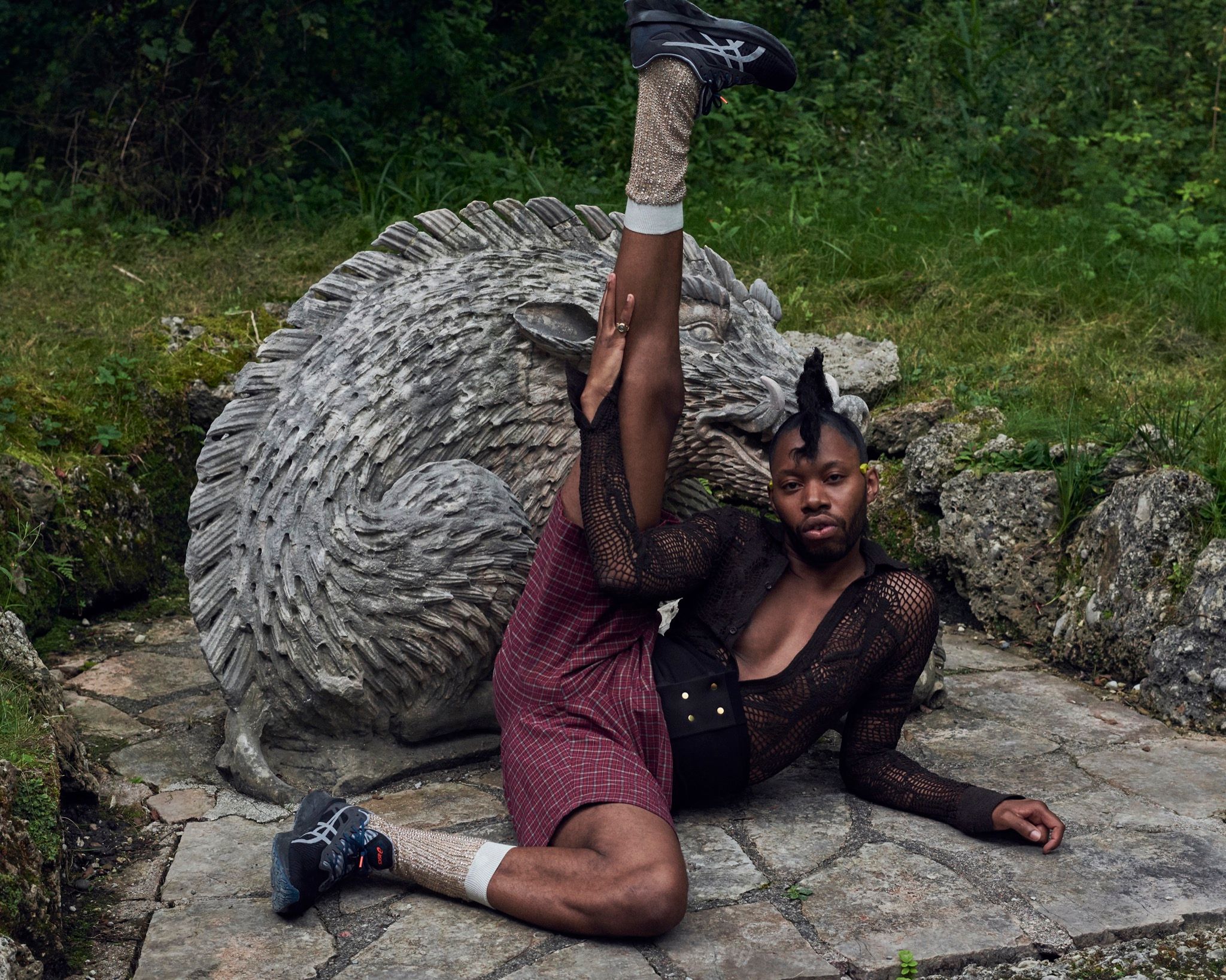
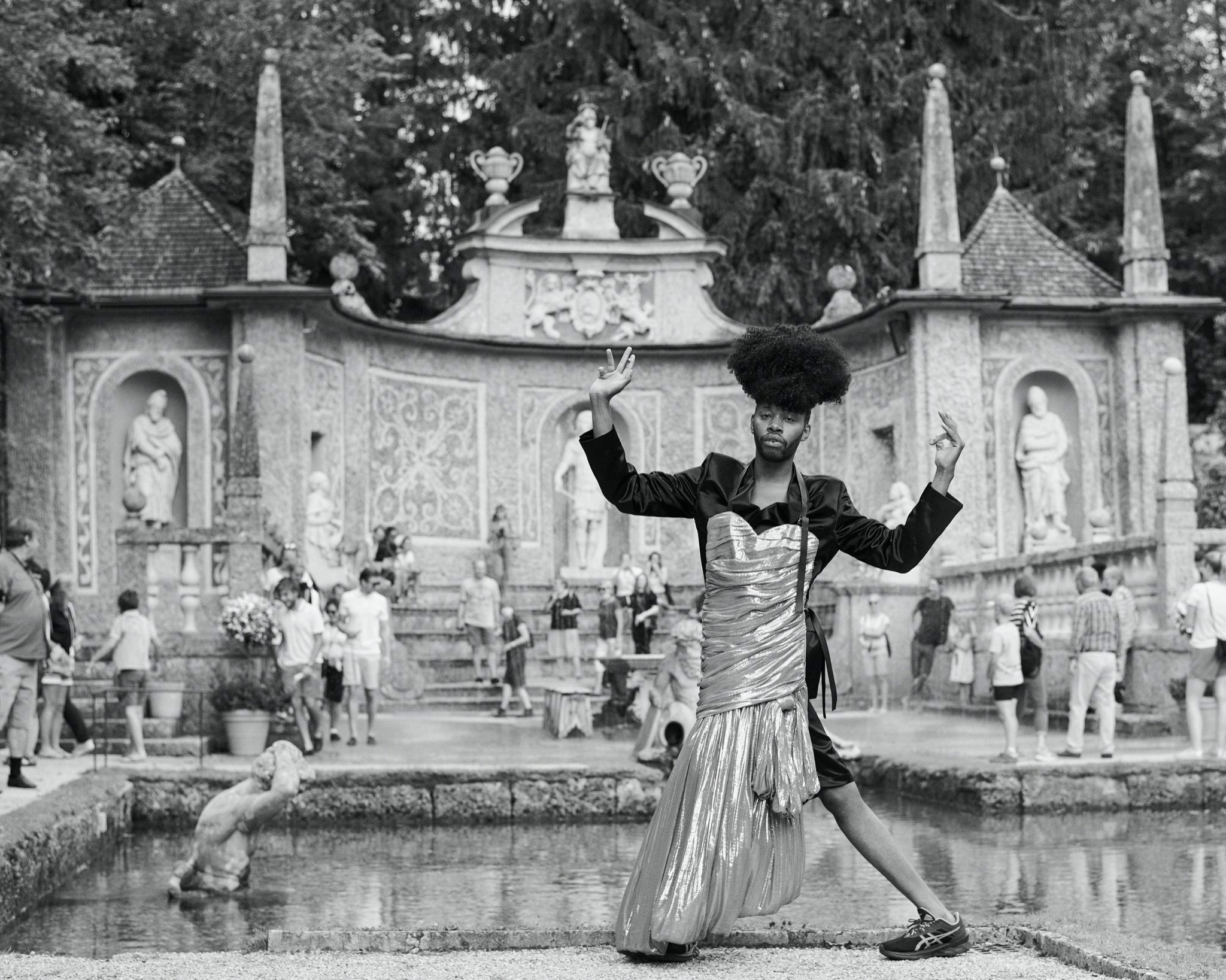
I am unable to conduct, type up, and publish a conventional interview with Harris for two reasons. The first is that when I’m personally in the position of being interviewed, I automatically begin to despise the interviewer. I don’t mean to; it just happens. Maybe it has to do with the absurdity of the setup. When a stranger attempts to put you on show as intimately as possible for the whole world to see, maybe the only way to emotionally protect yourself is with hatred. The other reason has to do with a hunch I had, which Harris confirms over the course of the conversation: he’s actually shy, though he says no one believes him. I mention an SSENSE interview I read where he was asked what his mother would say about him. Instead of answering, Harris suggested that the interviewer just call his mother. Harris’ mother actually picked up the phone, then she spontaneously and candidly said something moving about her son. Accordingly, Harris never has to reveal anything, and his mother doesn’t either. He protects himself from the world with a simple social agreement. It’s an ostentatious way of dealing with one’s privacy, and I find it extremely expressive. It denies the person sitting across from him any real intimate access – without that person even noticing.
In 1990 the artist Christopher Wool created an artwork emblazoned with the following lines: “The show is over the audience get up to leave their seats time to collect their coats and go home they turn around no more coats and no more home.” It’s easy for me to imagine what that’s supposed to mean. I’ve longed for it to happen in all the plays I’ve ever attended, and I’ve even experienced it in some. Schlingensief’s mid-2000s staging of Richard Wagner’s Parsifal in Bayreuth ended with a five-minute-long video of a rabbit decomposing in fast motion, played for the right-wing, conservative public of 70-somethings that frequents the opera there. When director Frank Castorf, the poster boy of Germany’s “postdramatic” avant-garde, staged Dostoevsky’s The Idiot at Berlin’s Volksbühne in 2002, the audience was subjected to a six-hour-long performance, which they watched while sitting in the “Romantic World Hotel” – a revolving stage from which viewers could look out windows onto a city constructed around them, complete with furnished apartments, a fully stocked supermarket, a hair salon, and a bar. There was one production in Zurich – I think it was Baby Jane at Neumarkt Theater, a decade or so ago – where the audience members’ coats and jackets were removed from the cloak room during the performance, then burned on the stage in a massive Easter bonfire. They weren’t really their jackets, of course. But the audience was made to believe they were.
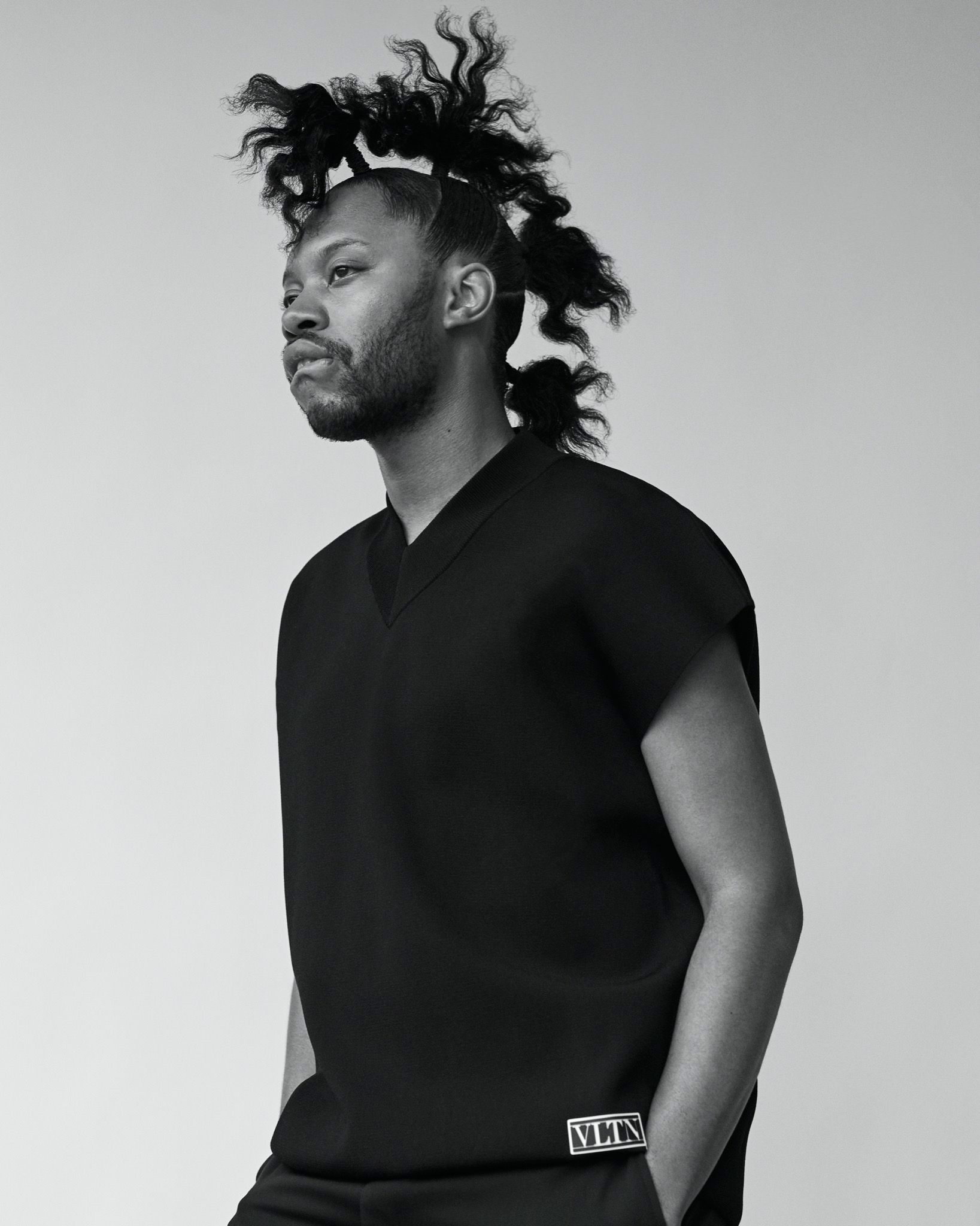

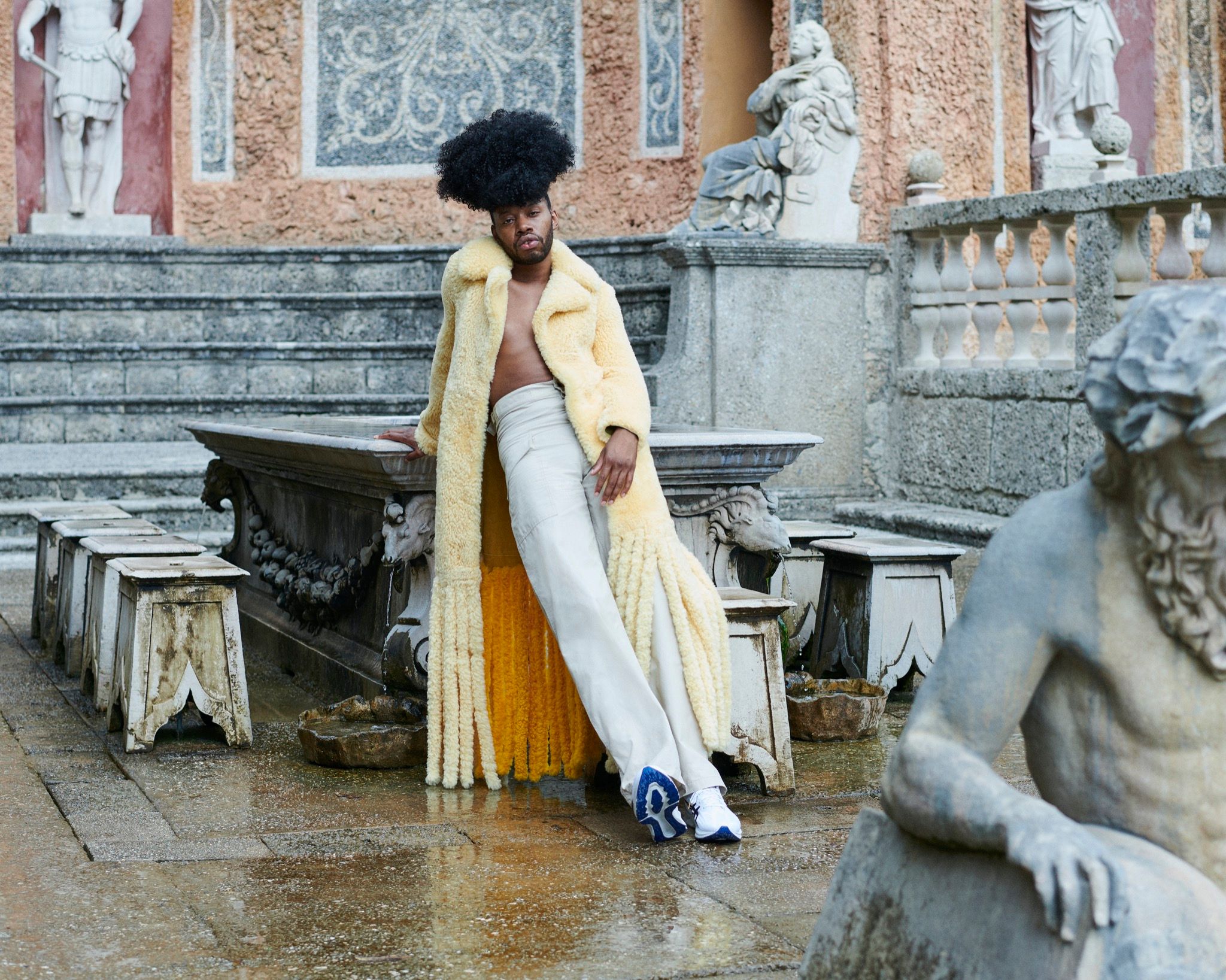
Even in the most monumental theatrical experiences of my life, I’ve perceived a razor-thin discrepancy between what I’ve seen and what I intuitively understand of the sentiment conveyed by Wool’s painting. I’m gradually coming to realize that this has partly to do with what one calls a “generation gap.” A gap that Harris might be able to fill. I mean, it would be amazing if he could.
Some other things you might have seen in a theater in recent years: Hamlet throwing his Macbook at the wall; Antigone talking about Soygurt in her made-for-TV kitchen; Hedda Gabler wearing a Supreme t-shirt. You could say that the people responsible for this kind of performance would have been better off making series for daytime television. My lack of respect for “the boards that mean the world,” as we describe the proverbial stage in German, comes from a question that few plays dare to answer in an age unfolding somewhere between soap opera and experimental performance art: why do adults still play dress up on stage and act like they’re someone else? Why is it that what normally gets passed off as high culture is full of empty gestures and pretense – to reductivize a whole socio-political situation – that only confirms the worldview of the ruling class? Theater of this kind deludes people into thinking that the world can be controlled and identified. It’s really annoying. By the end of the production, established geriatrics only get to hear what they already know anyway.
Everyone is searching for truth right now, seemingly more desperately than we all were a few years ago. In the theater, roles are disclosed according to a contract between the public and the performers, and by way of the cast list, and everyone knows that the lie is not a lie, but a means to an end. To put it more pointedly, what makes my relationship to theater – and as I said, I think Harris’ as well – an “existential” one, is that the truth can only be found in the theater, if at all. You know when you’re being lied to when you’re there – that’s what makes theater important, transparent, and that’s why we have to evolve it, constantly, away from the capital “T.”
What’s truly remarkable about Jeremy O. Harris’ work is that the effect it has on the discipline and on its audience comes not despite, but because of the fact that he doesn’t demolish it formally. He demolishes the structures that contain it, even in its so-called radical forms. And he does it right there in the theater.
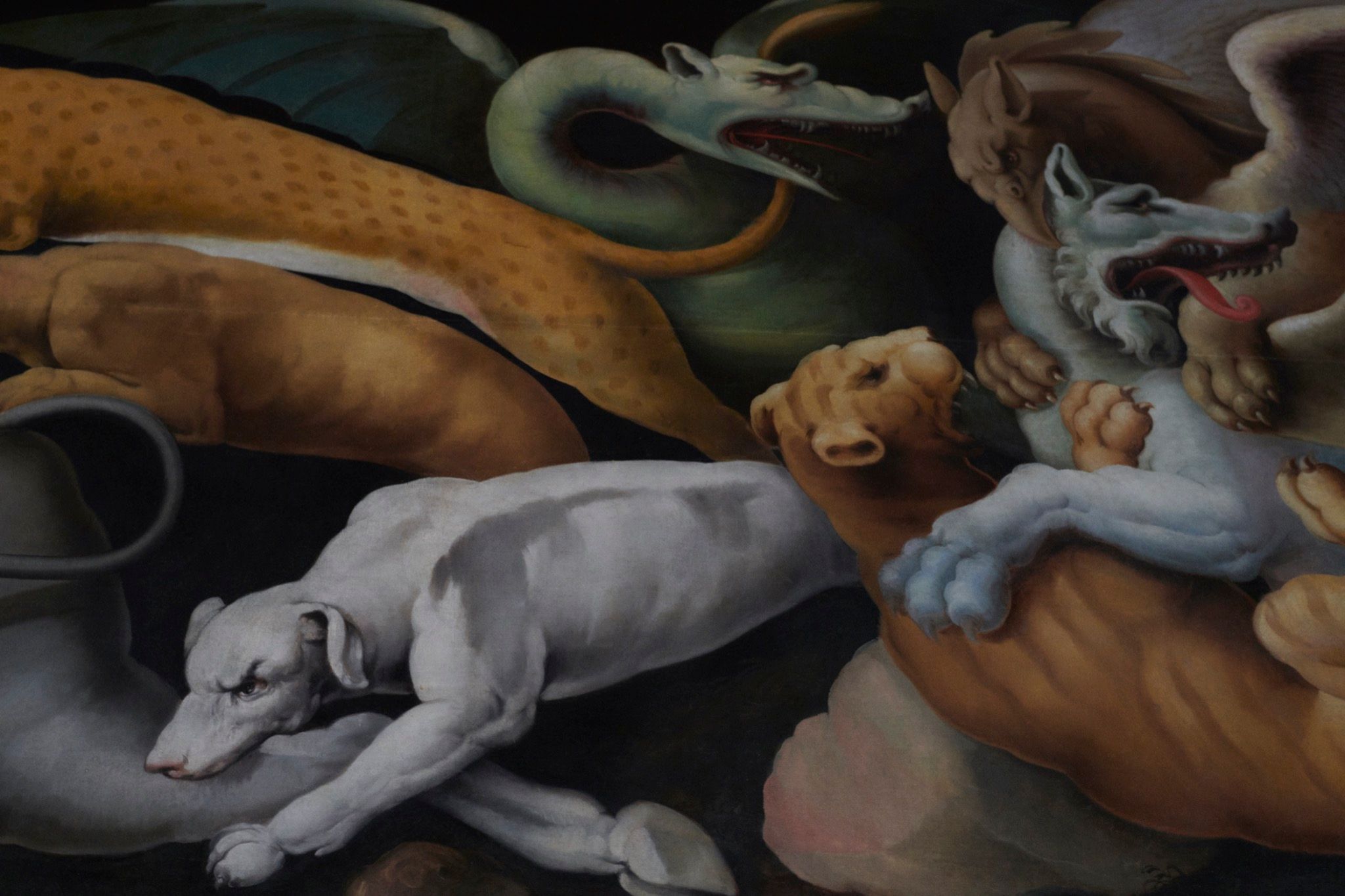
Credits
- Text: Helene Hegemann
- Photography: Bruno Staub
- Fashion: Marc Goehring
- Hair: Isaac Poleon
- Executive Producer: Walandi Apoussidis
- Senior Producer: Lars Beppler
- Producer: Michsel Yosef
- Production Assistant: Tina Paffen

